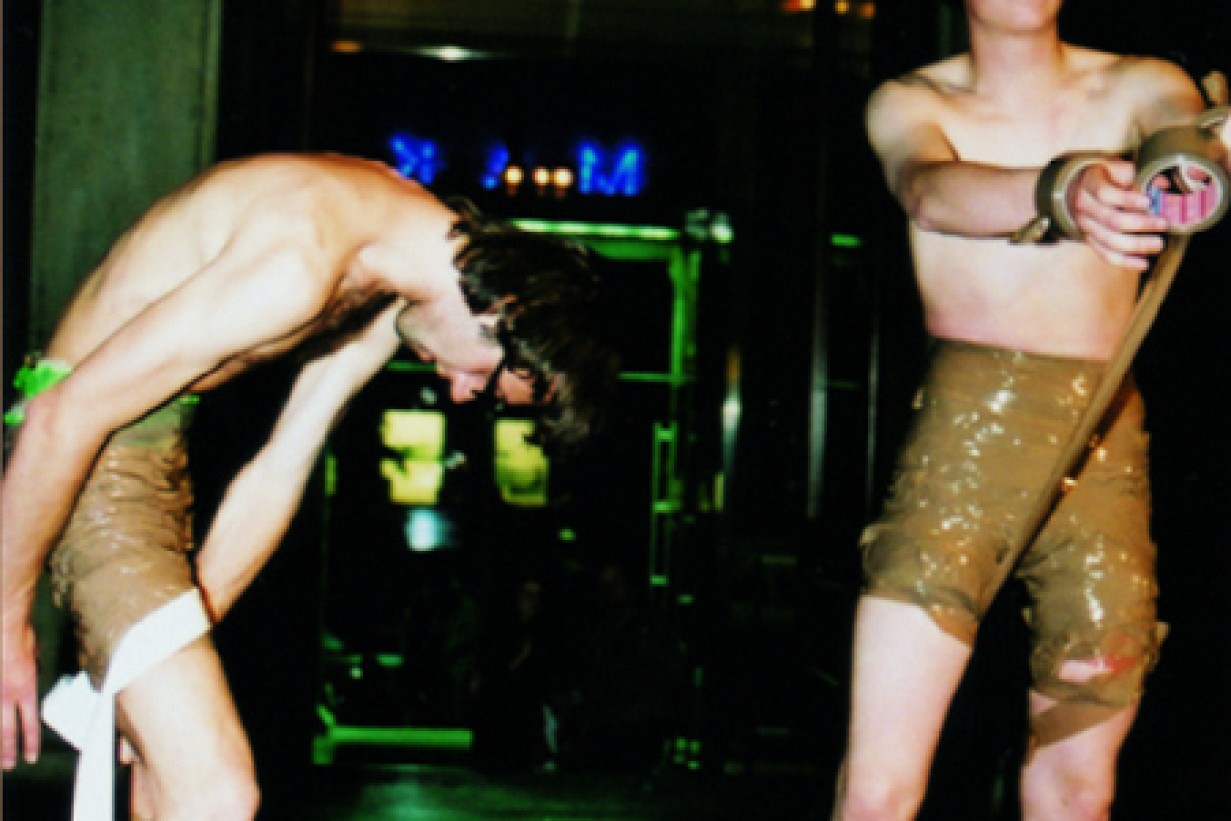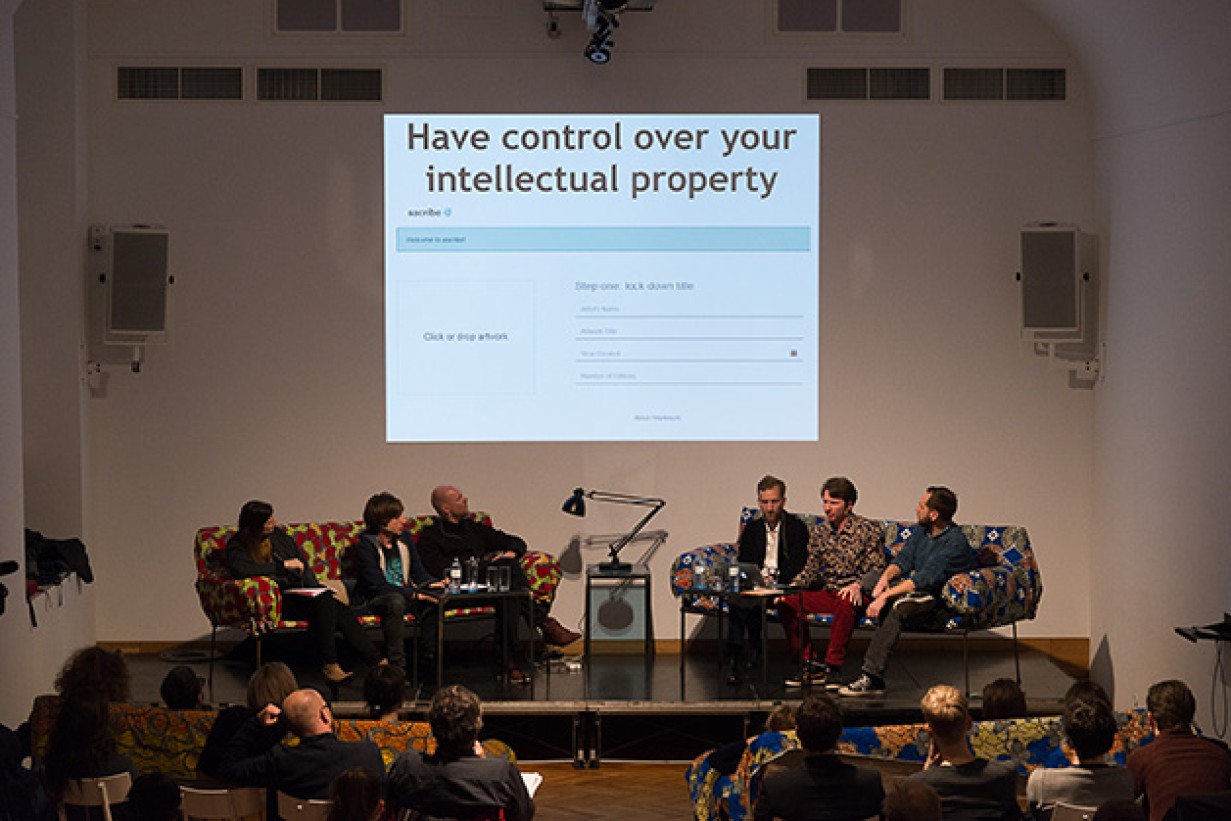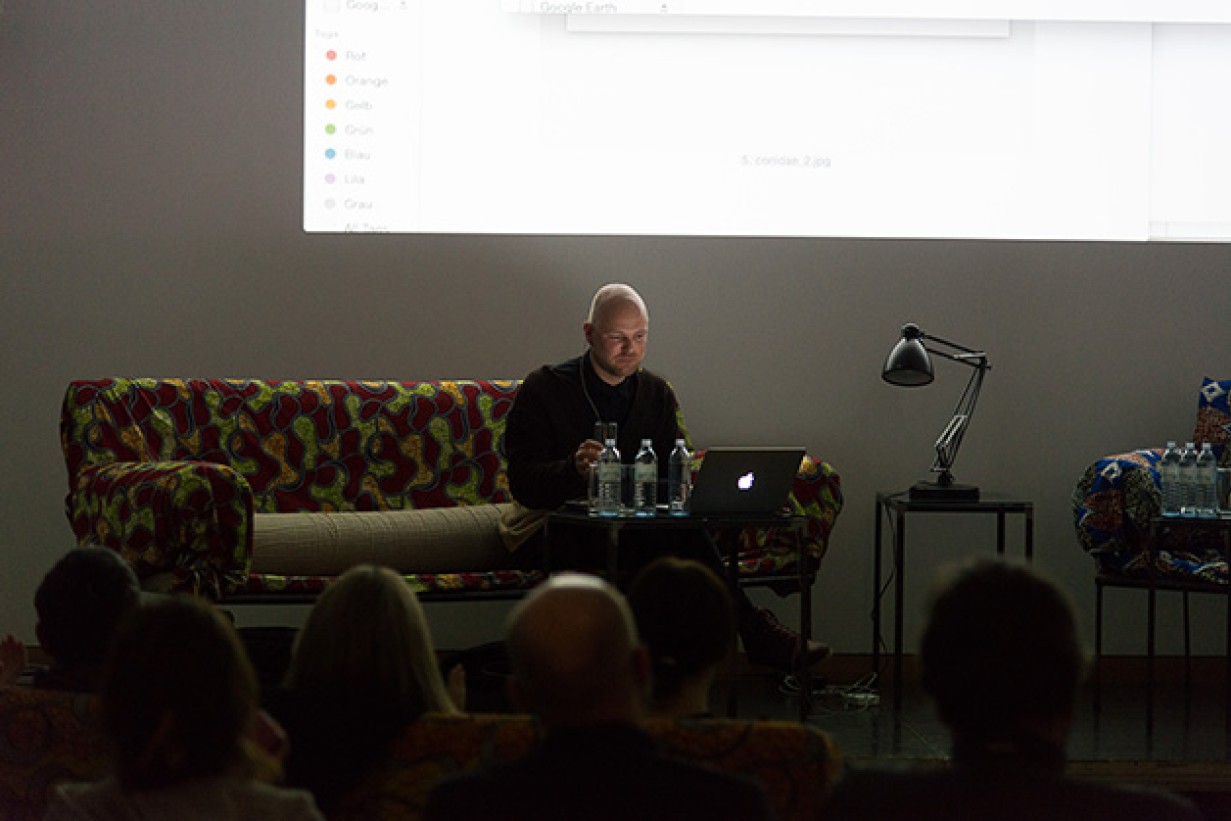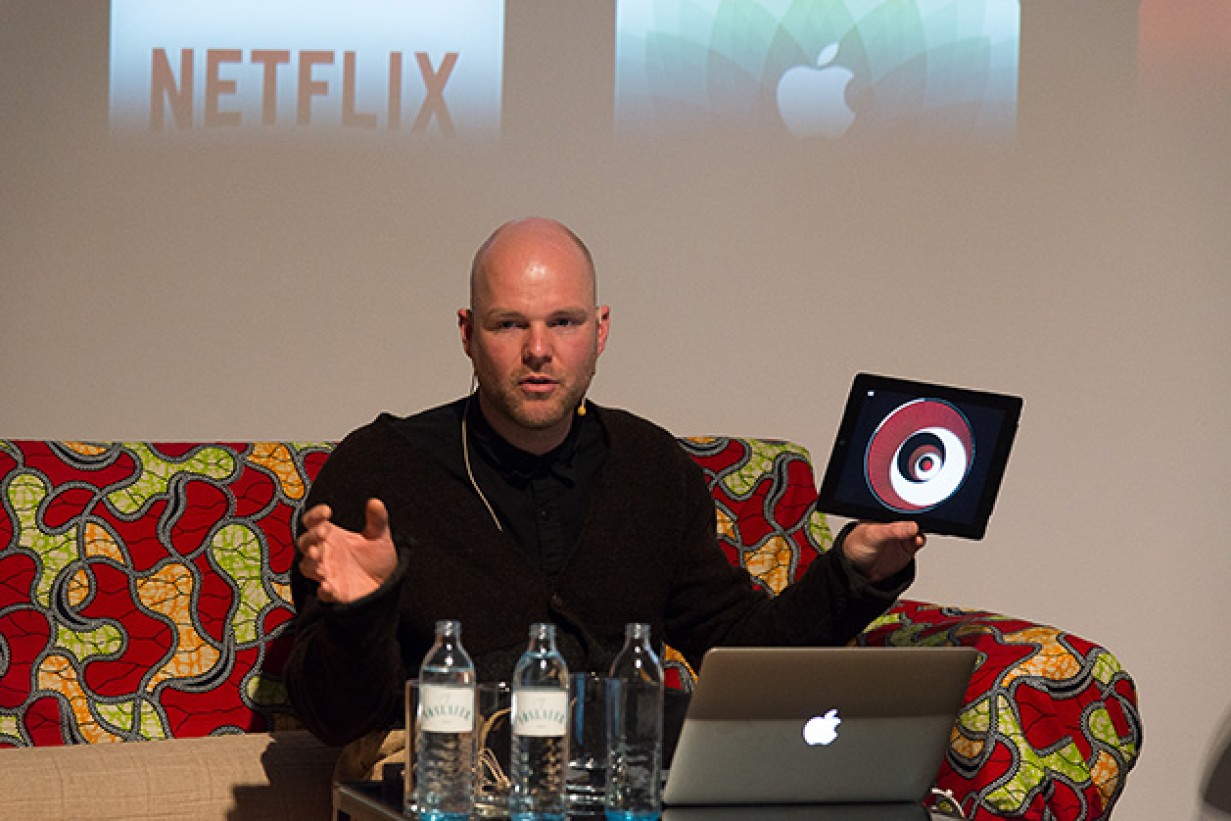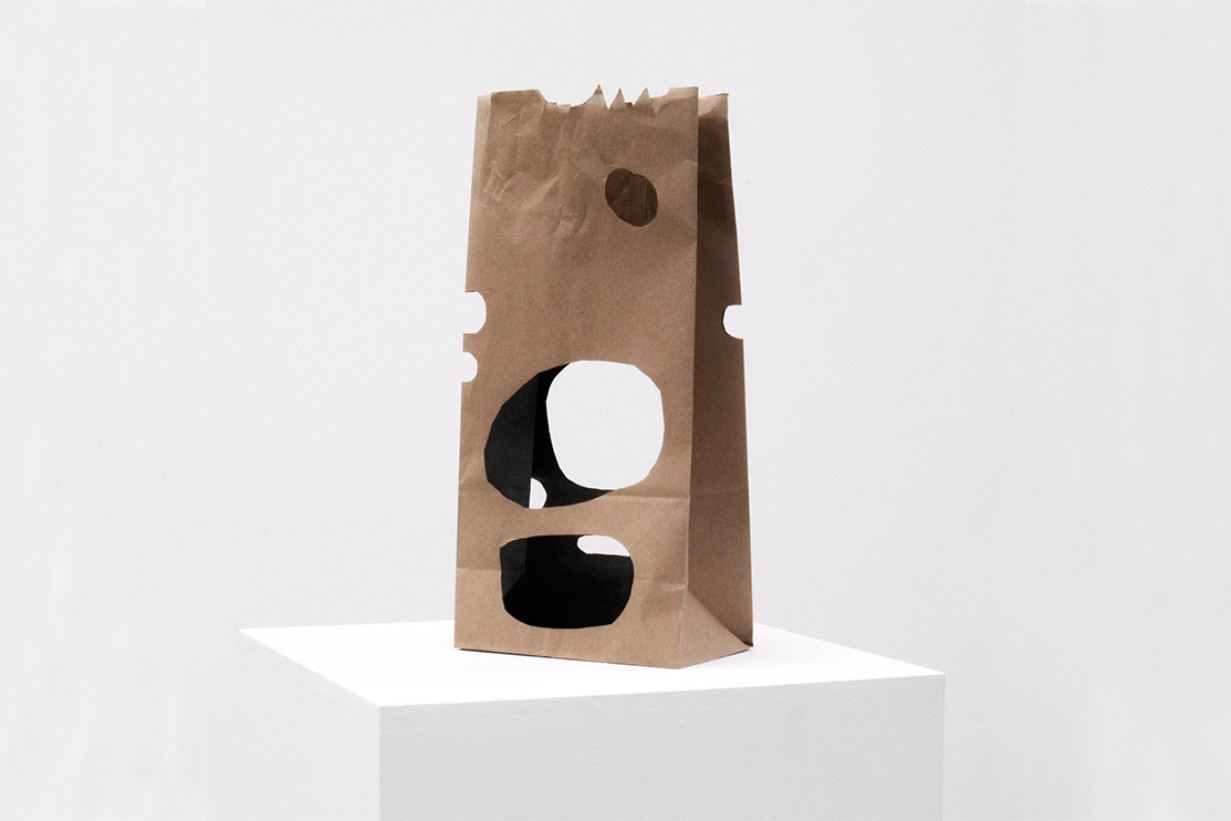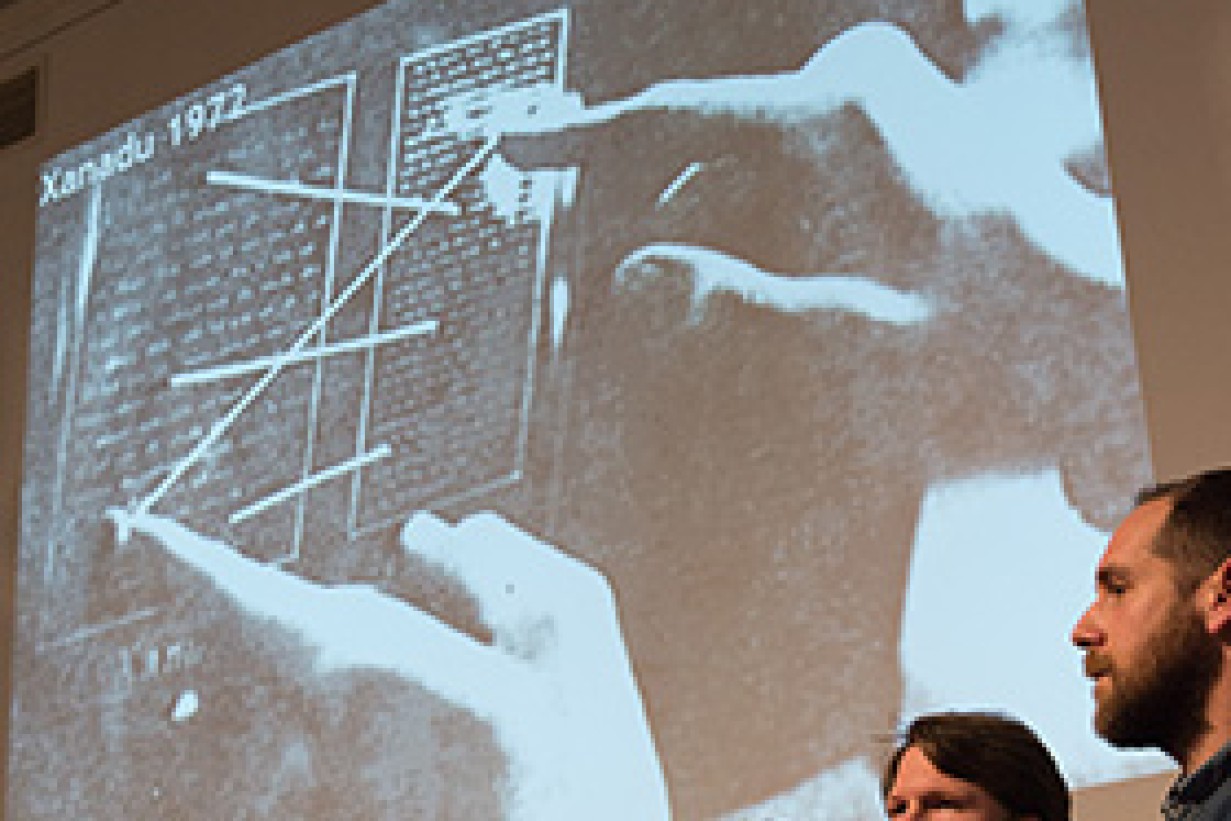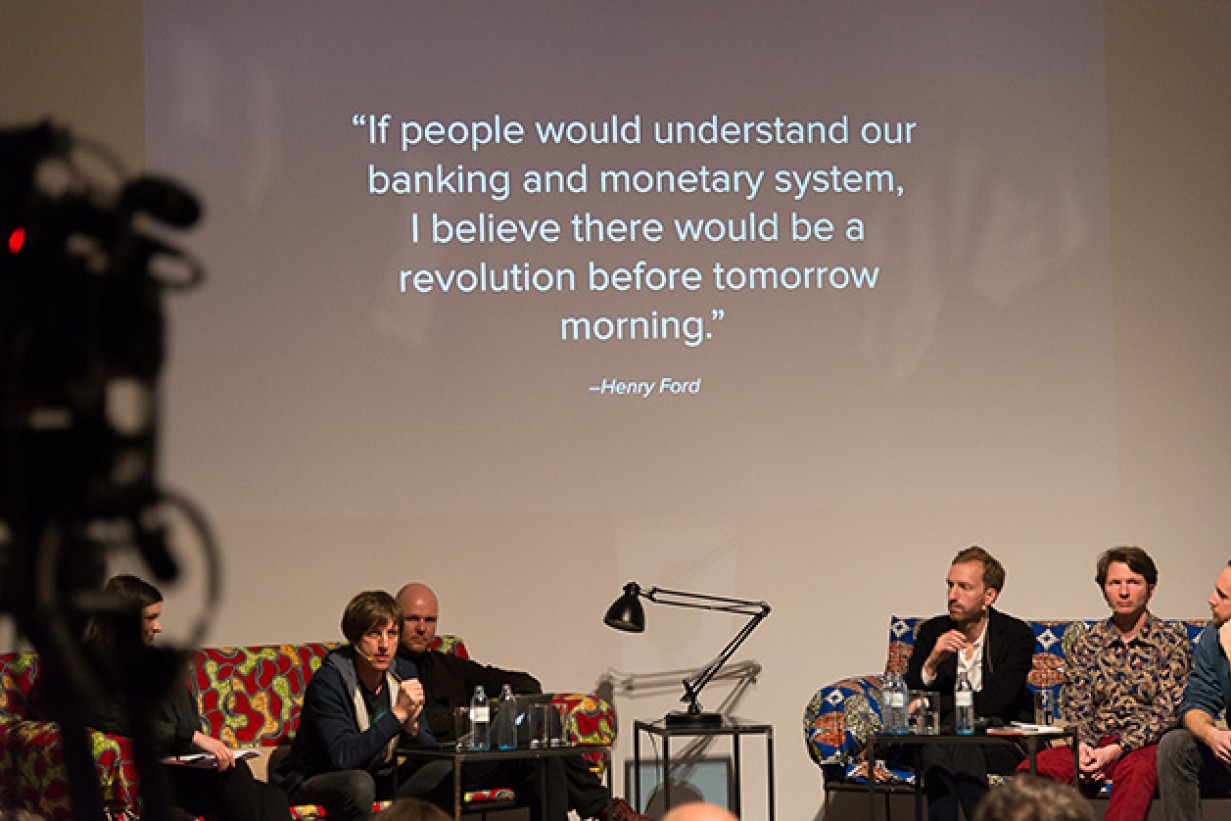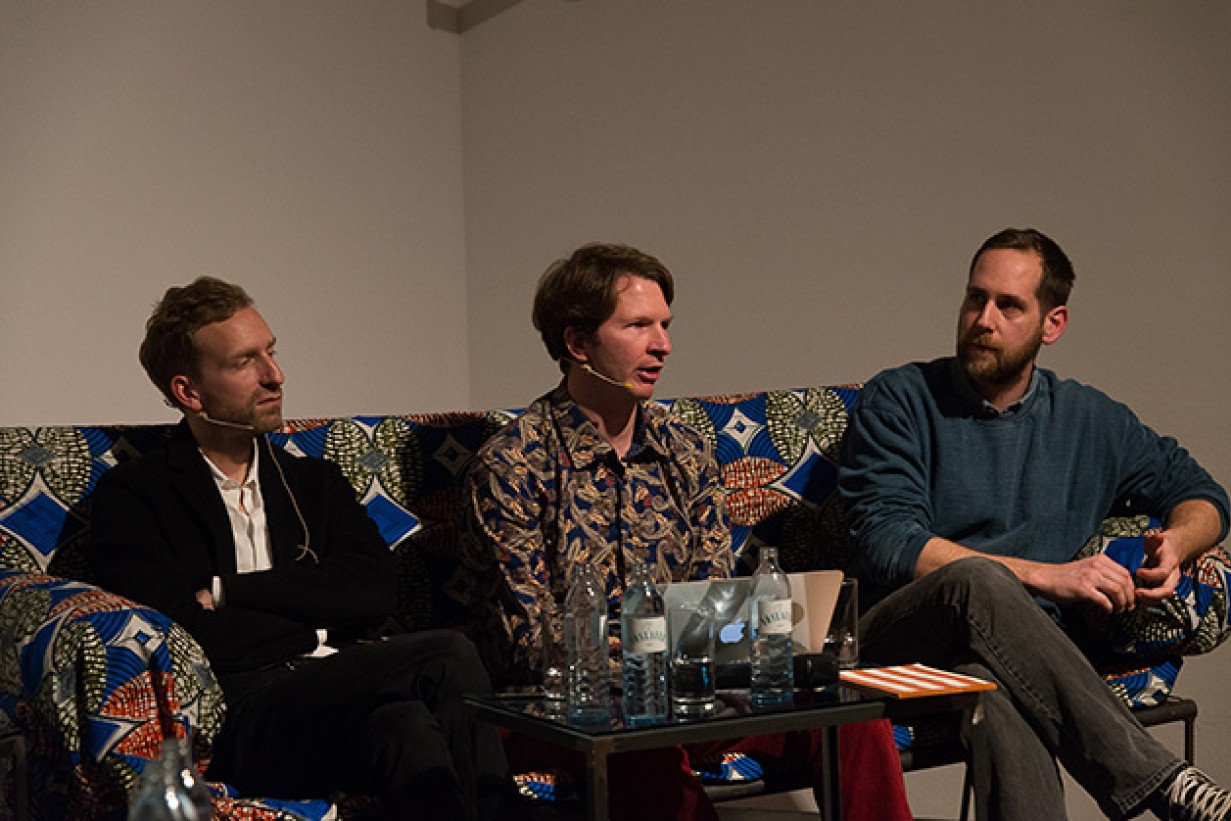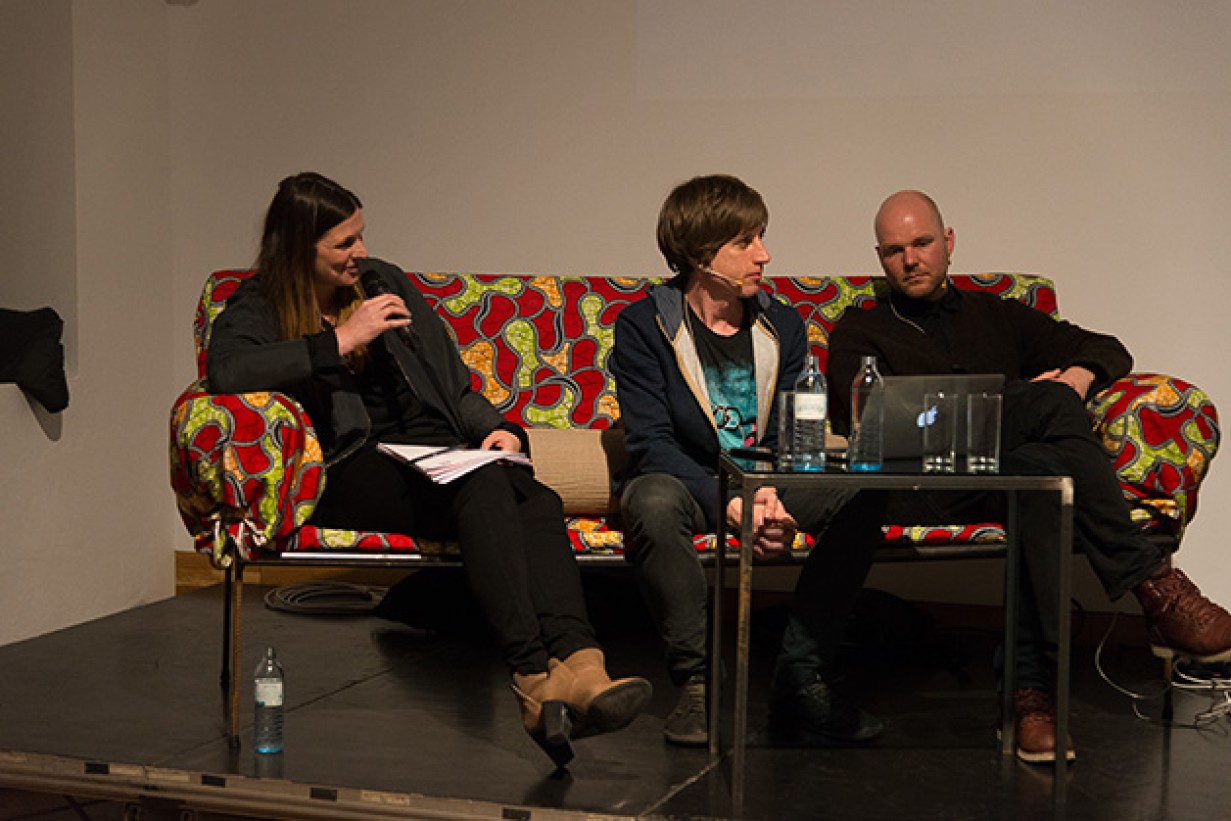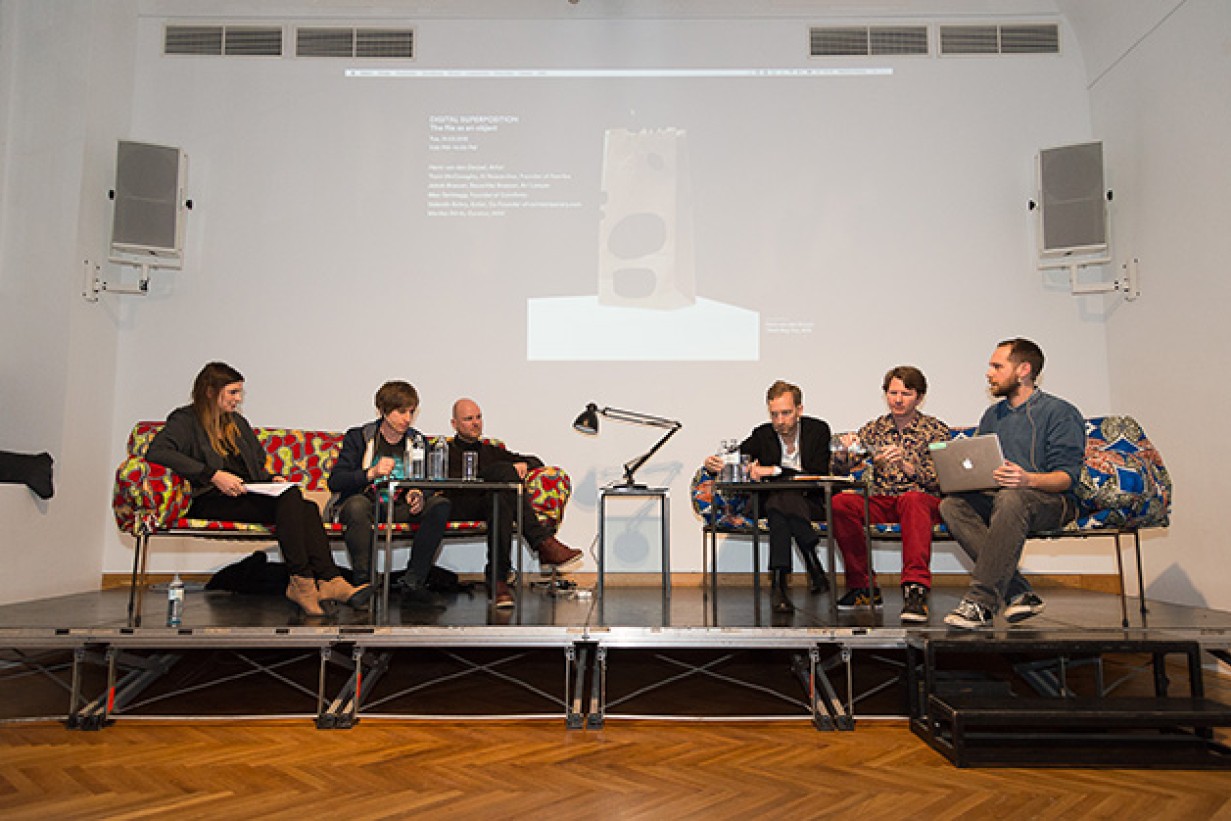Demonstration
Harm van den Dorpel Presentation
3 minutes, 4 people, 5 slides
Panel discussion
Harm van den Dorpel (Berlin), Artist
harmvandendorpel.com Trent McConaghy (Berlin), Artificial Intelligence Researcher, Founder of Ascribe
trent.stJakob Braeuer (Berlin),
Bauschke Braeuer, Art Lawyer
Max Tertinegg (Graz), Founder of
Coinfinity Valentin Ruhry (Vienna), Artist and Co-Founder of
cointemporary.comMarlies Wirth, Curator, MAK
Language: English
“Superposition” (from the Latin:
super = above, on top, over;
positio = position, place), a physics term that denotes the overlapping of like physical quantities, offers a fitting description of the starting point for the dilemma presented by the file as an object: what place could be more fittingly described by “superposition” than the Internet, with its “cloud” as an immaterial utopian place in which all data converges, the imaginary storehouse of our digital lives.
With his concept for the
Musée imaginaire (1947), André Malraux proclaimed the superpositionality of images in humankind’s collective cultural memory and provided an impulse for questioning the role of image and representation, as well as of the associated modifications and transfers of their meanings. Up to then, it had been the case had been that artworks not held by museums could only be compared with each other by means of costly, time-consuming travel and a good memory—so the technology-enabled reproduction of works opened up a new, potentially more complete way of accessing art, embodied in the
imaginary museum. Considered from a present-day standpoint, this is not so far off from platforms such as Google Art Project, Artsy, tumblr, Pinterest, and ArtStack, all of which function as digital art collections offering instant online access to real, existing works.
The loss of the artwork’s aura due to its technologically enabled reproduction, formulated by Benjamin in
The Work of Art in the Age of Mechanical Reproduction (1935), seems to have been repealed in contemporary—digital—art production: we’ve long since grown used to this loss and entered into a far-reaching relationship with digital reproductions, one in which their originals can almost be disregarded. Through the ability to reproduce images en masse and the altered portrayal of reality that comes with this ability, collective perception is likewise altered: Even if an image or object is able to be traced back to a source, the substance (substance in the sense of both its materiality and its importance) of the source object can no longer be regarded as inherently greater than any of its copies (Artie Vierkant:
The Image Object Post-Internet, 2010).
The key accomplishment of the Internet, which has changed our lives and our society in such a deep-reaching way, rests—greatly abstracted—upon the ability to exchange data at high speed, with the increasing velocity (bandwidth) of this exchange contributing most to drive the Internet’s development and capabilities. While transmitting bits of data was still a slow and laborious affair back in the 1990s, it has by now become a matter of course to stream movies at high resolution or save large backup files to the Cloud—with the “file” becoming an important commodity, and “data” a valuable resource.
In contrast to images on physical media—be they originals or “copies” (prints, photographs)—the digital artwork is not per se “materialized”; hence, it remains literally “ungraspable”—and possibly unownable. So how can one define the status and value of digital images (binary codes that produce visual representations) that spread across the global network within seconds and can be infinitely duplicated? And what if digital works are per se originals, bundles of data that one can purchase and own in place of their (materialized) images? The information is written into network storage, and the ownership status can be ascertained in an unfalisfiable way via technologies used by decentralized payment systems such as Bitcoin.
And with this, the idea of “collective storage” becomes more relevant than ever: the file as an object, data as a metaphor.
At MAK NITE Lab, an onsite live demonstration will include the creation of a digital artwork by Dutch artist Harm van den Dorpel, which will subsequently be offered for sale in exchange for Bitcoin on the platform cointemporary.com, founded by the artists Valentin Ruhry and Andy Boot. Following a brief introductory round, Harm van den Dorpel (artist), Trent McConaghy (artificial intelligence researcher, founder of Ascribe), Jakob Braeuer (art attorney), and Max Tertinegg (founder of Coinfinity) will discuss the status quo and possible future scenarios of digital art production together with Valentin Ruhry (artist and co-founder of
cointemporary.com) and Marlies Wirth (MAK Curator).
